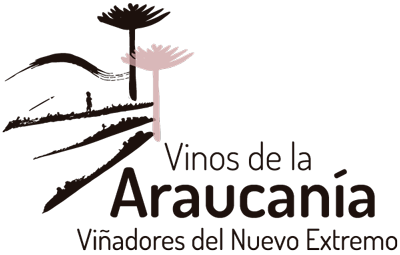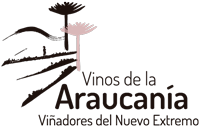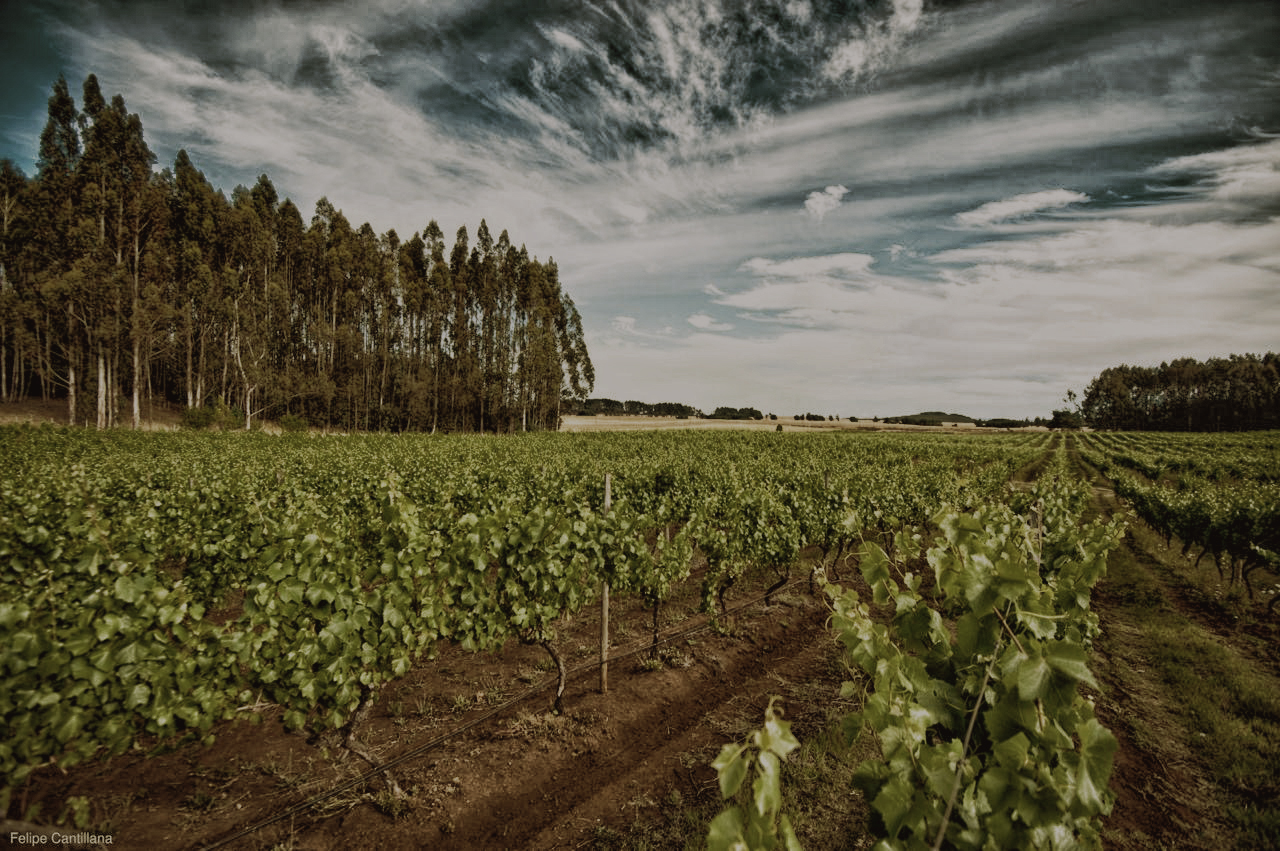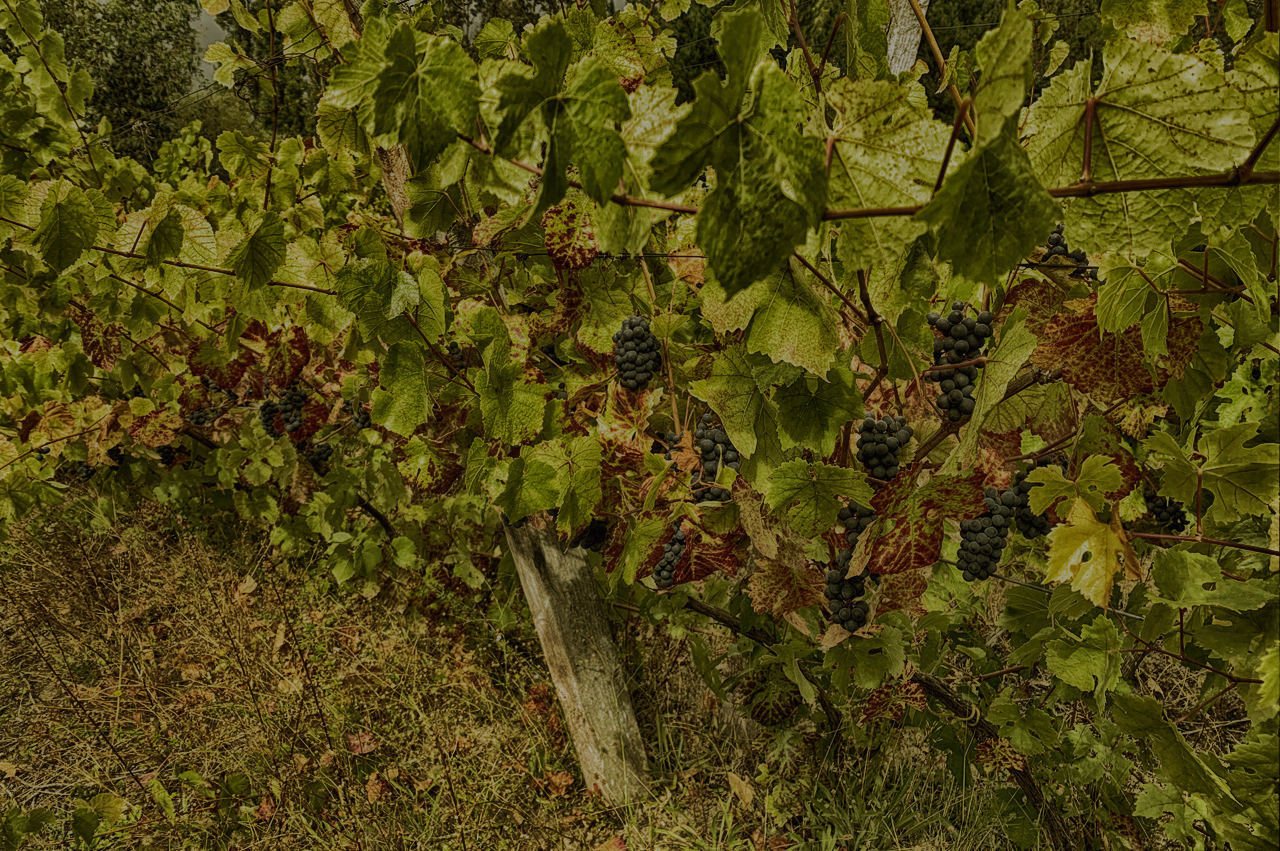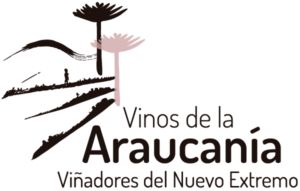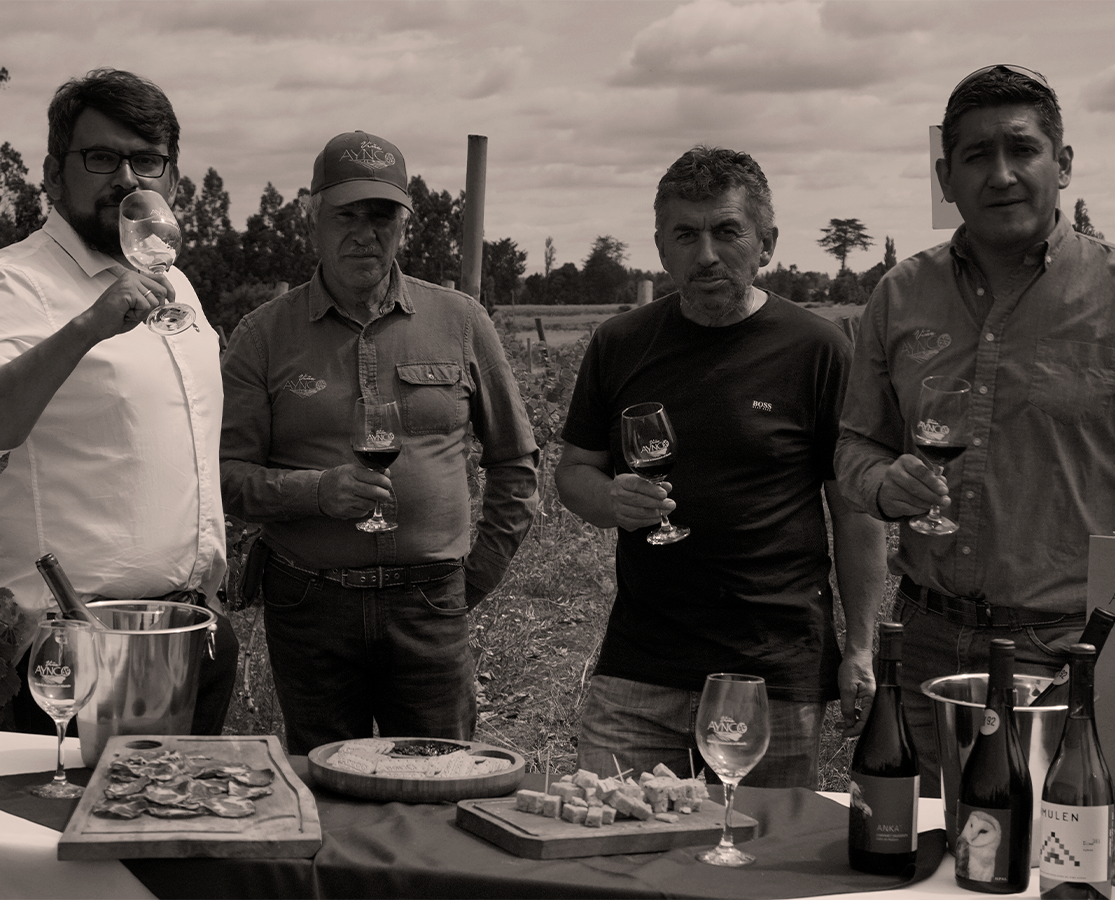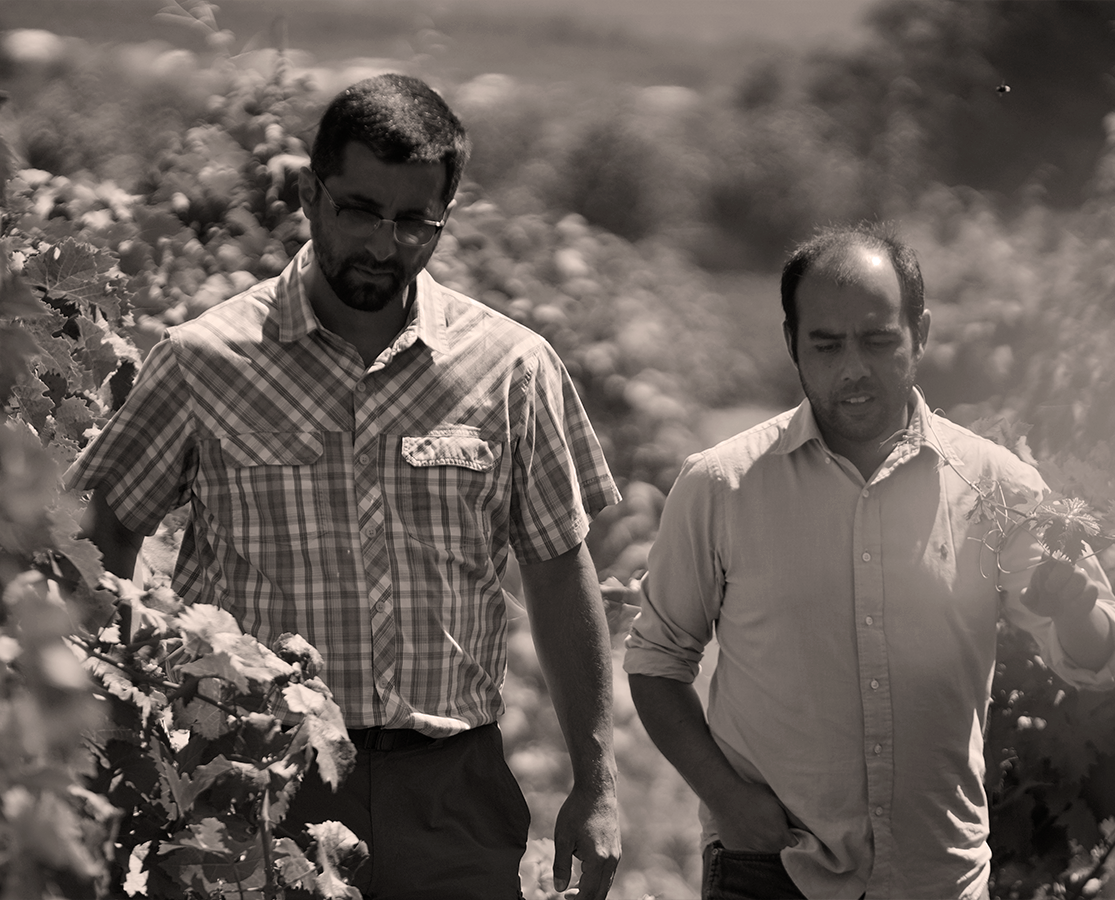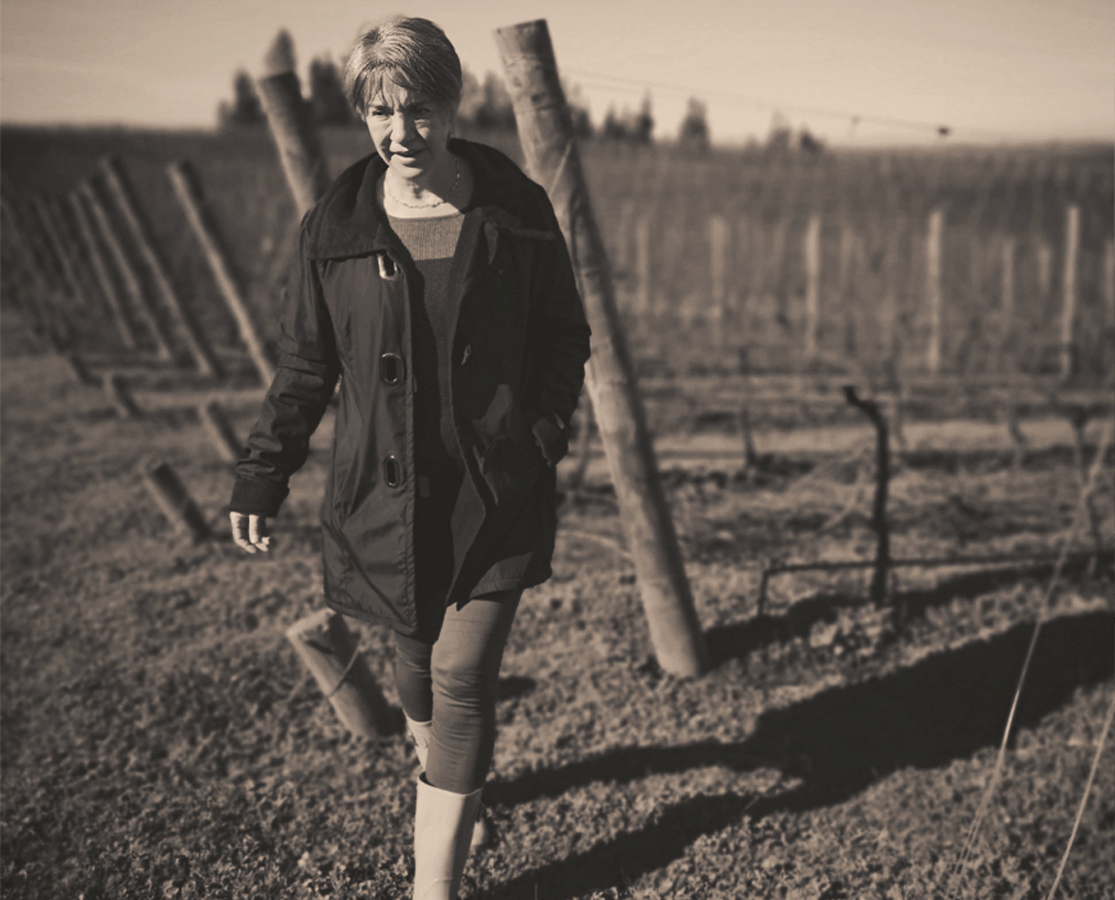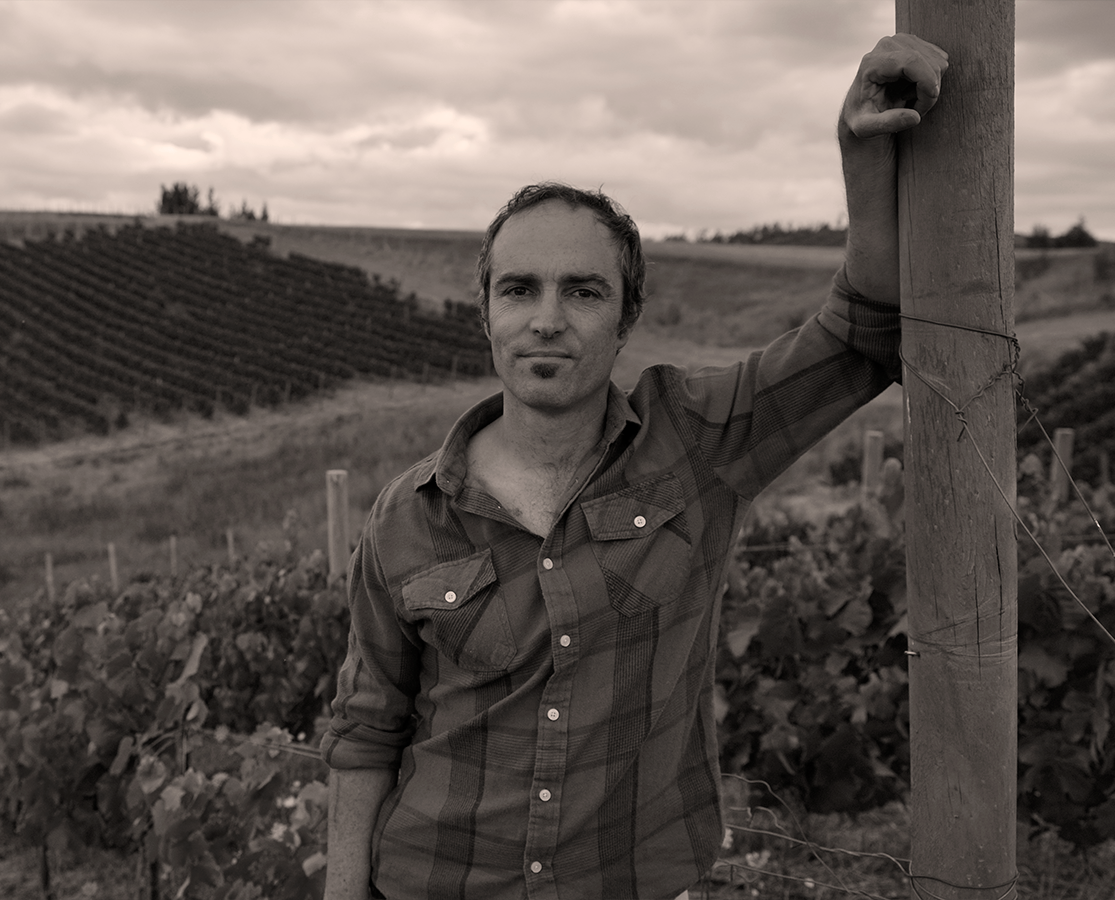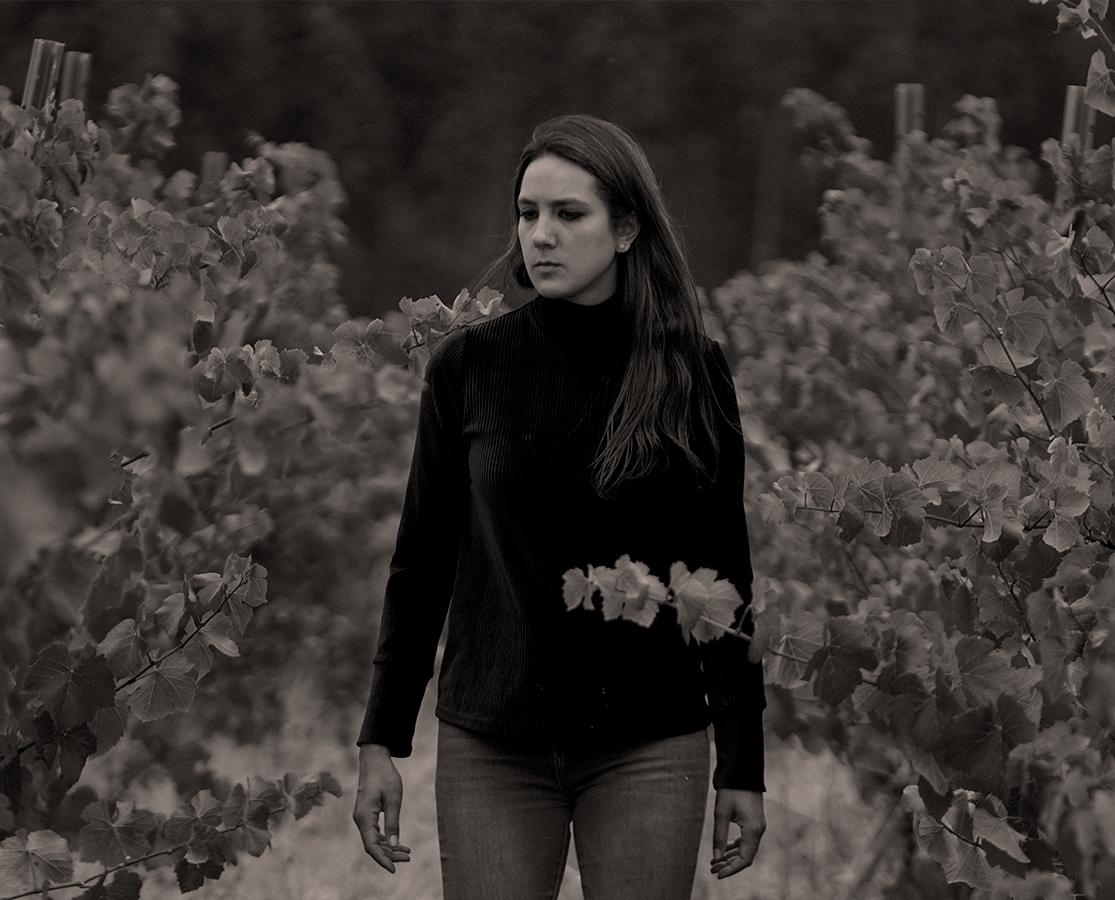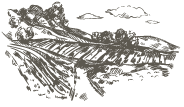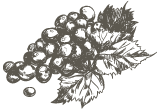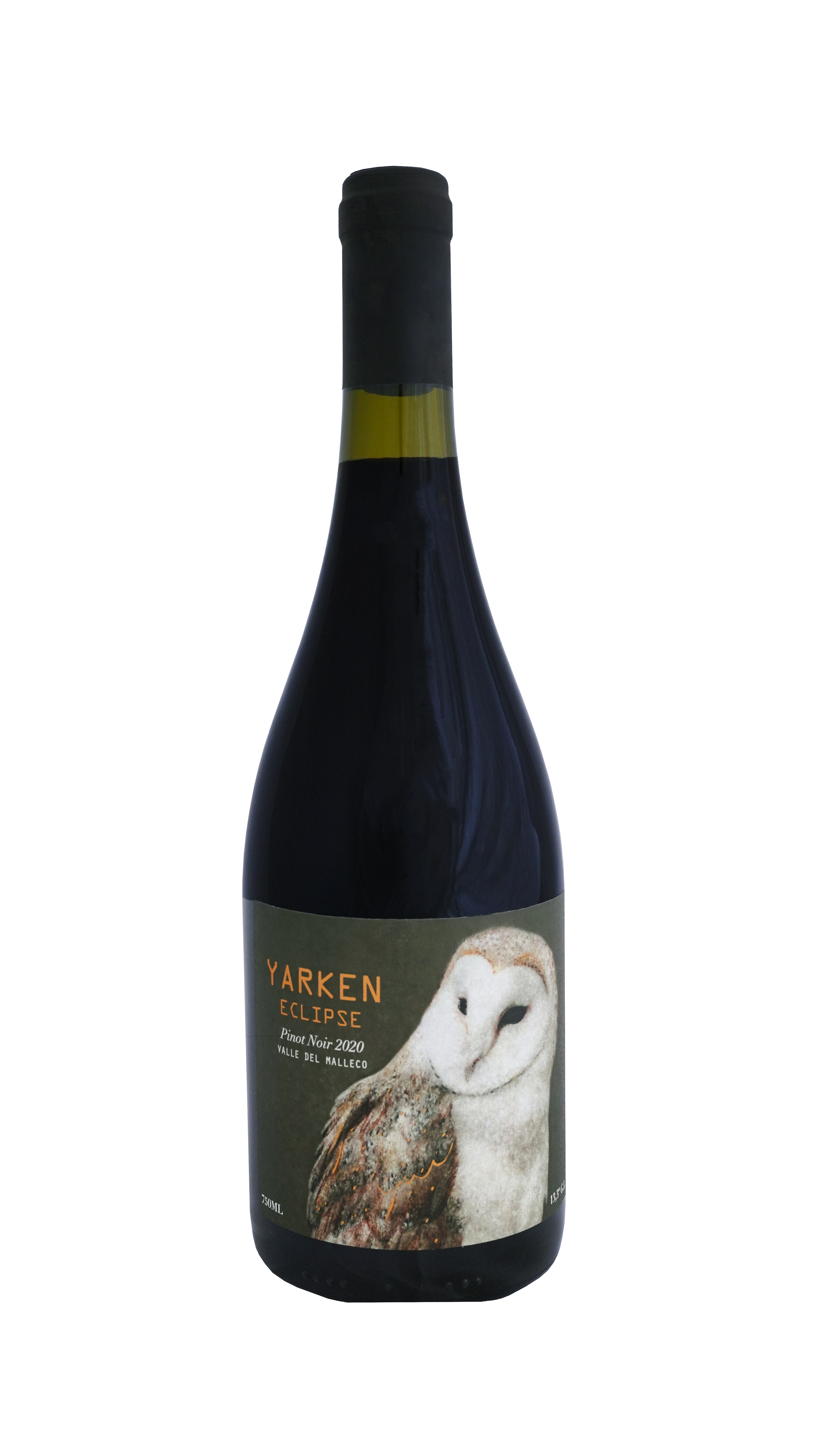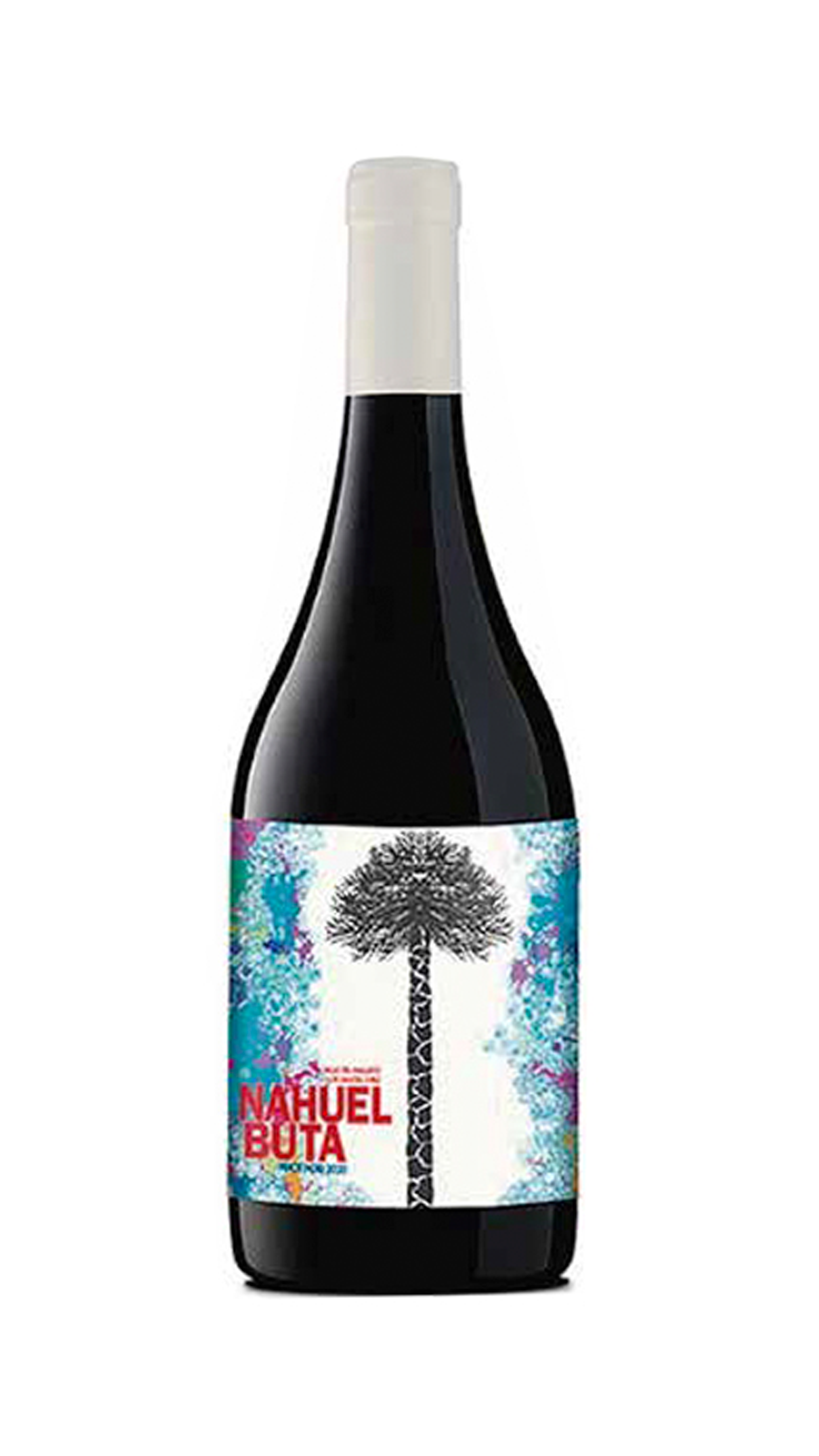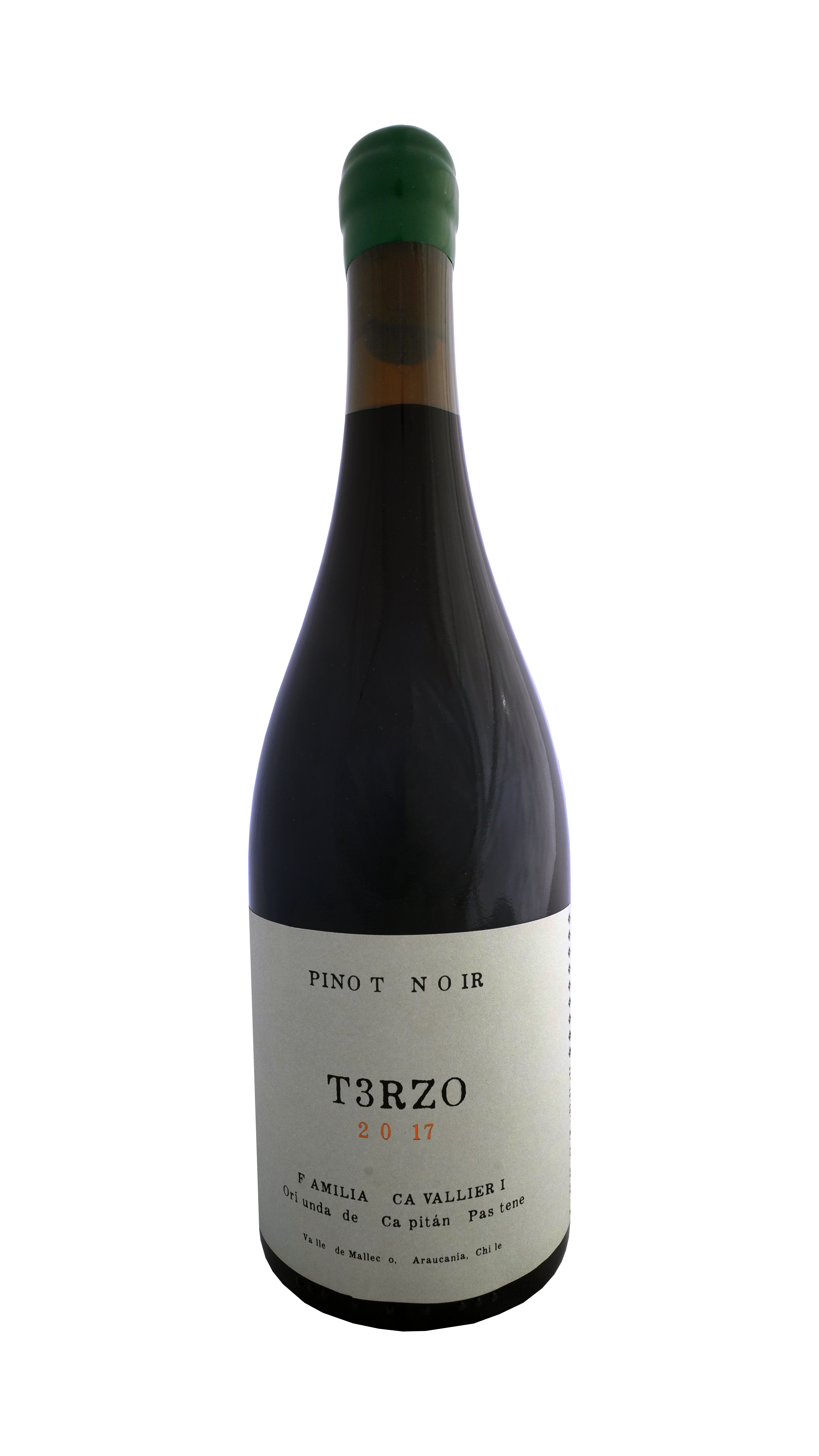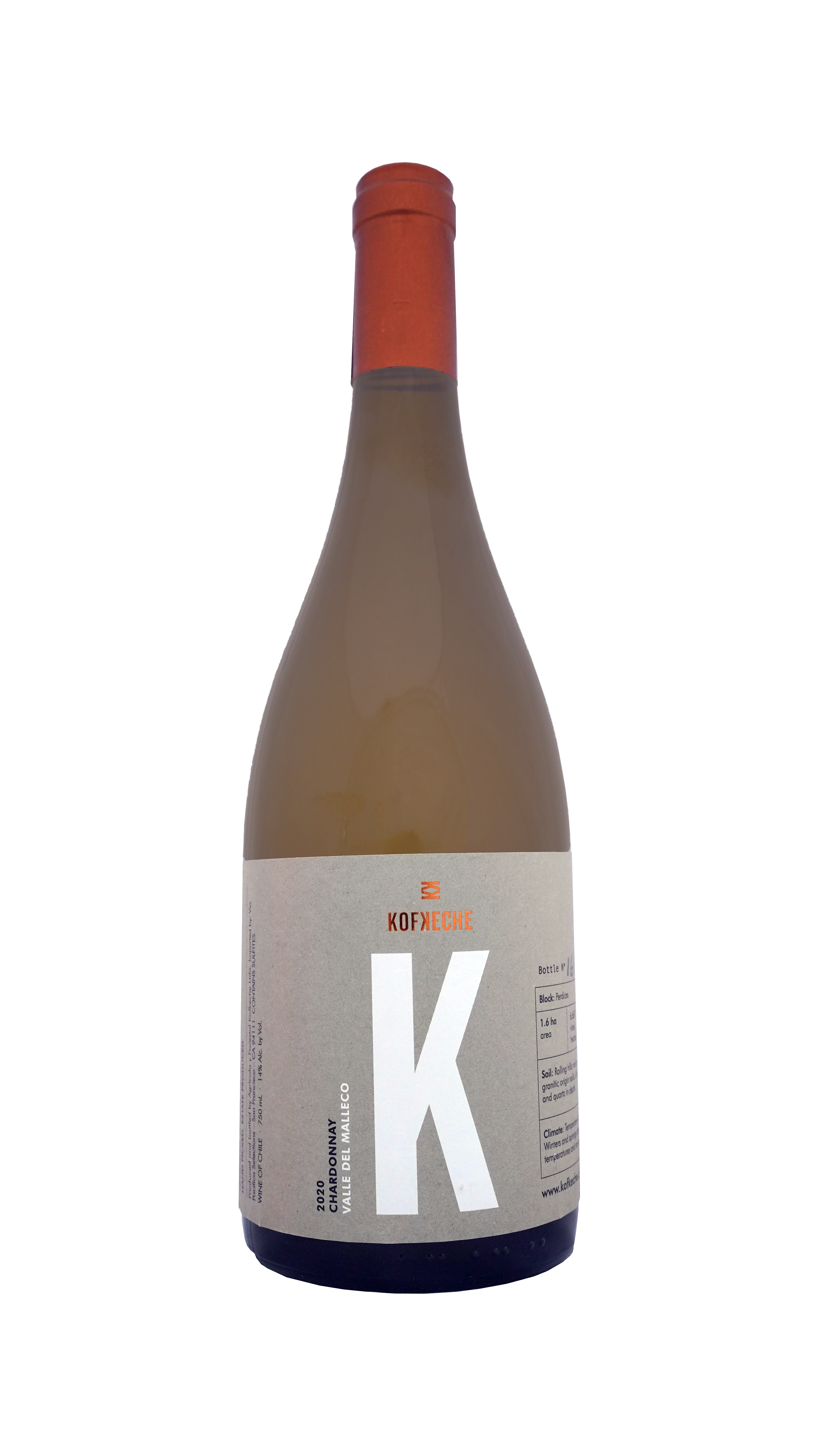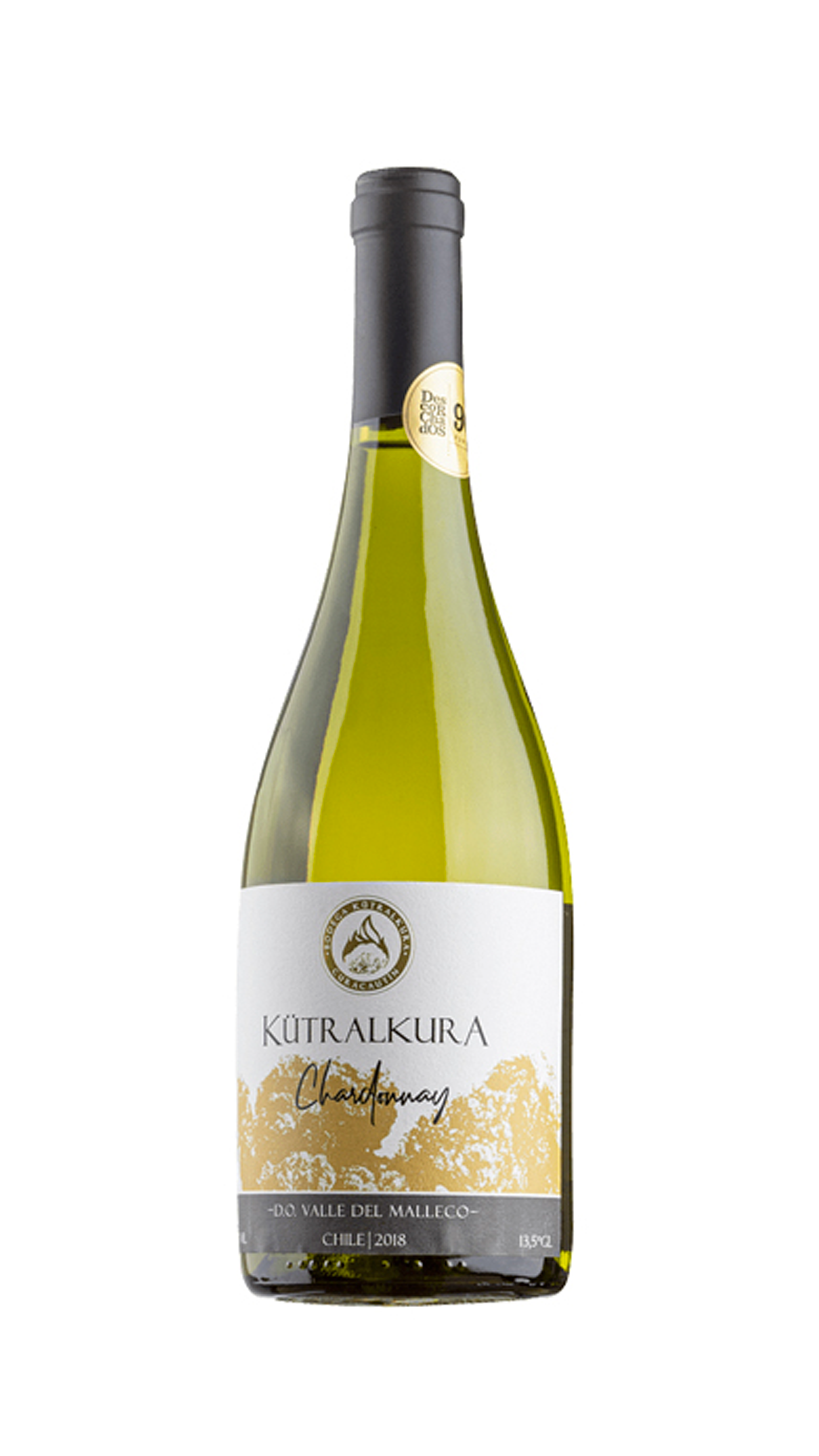La Araucanía Wines is a collaborative project born in 2020 that brings together five winegrowers from the southern region of La Araucanía, latitude 38°South, which is internationally recognized as the Mapuche heartland.
The origin of wine industry in this remote area of Chile dates to a period of European immigration at the end of 19th century. After a difficult period that brought neglect to the vines, these emerging winemakers, some descendants of those same immigrants, resurrected old traditions to make meaningful, honest, and human scale wines that incorporate the region’s cultural and geographical resources.
Today, they introduce themselves to the world with wines that exemplify the freshness of their terroir and proudly contribute to the ever-increasing diversity of styles and wines produced in Chile.
